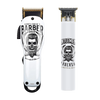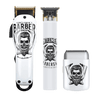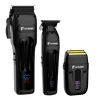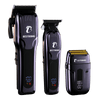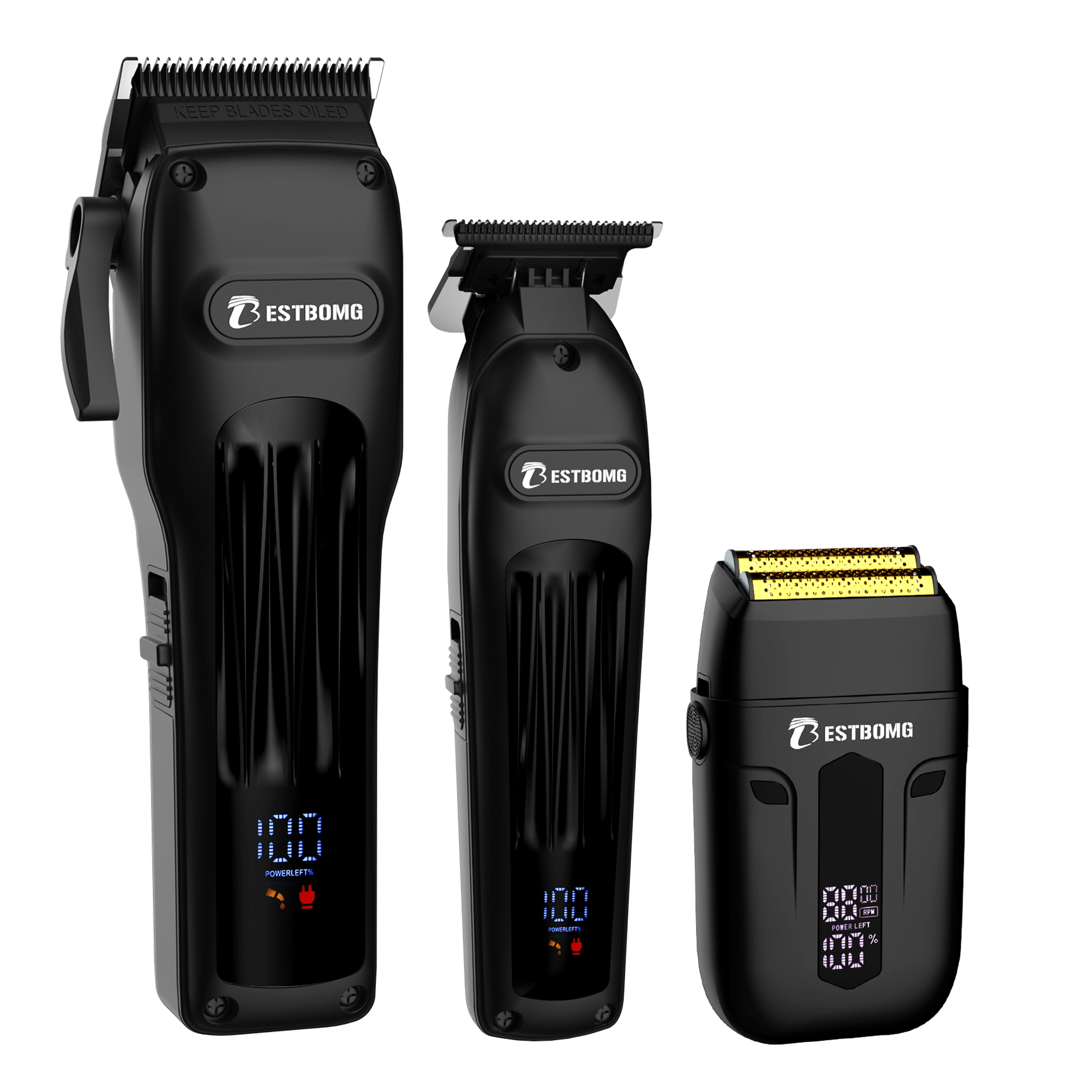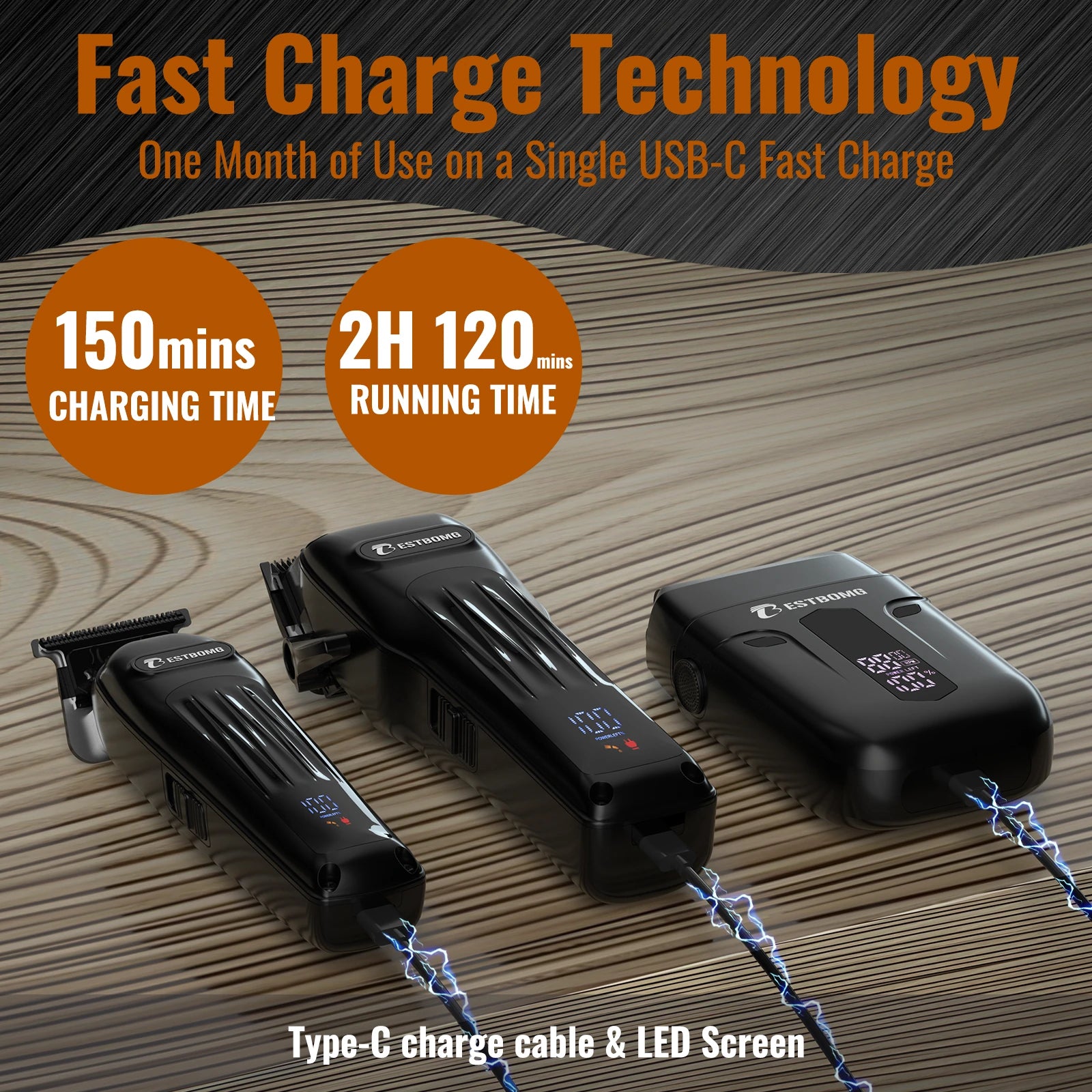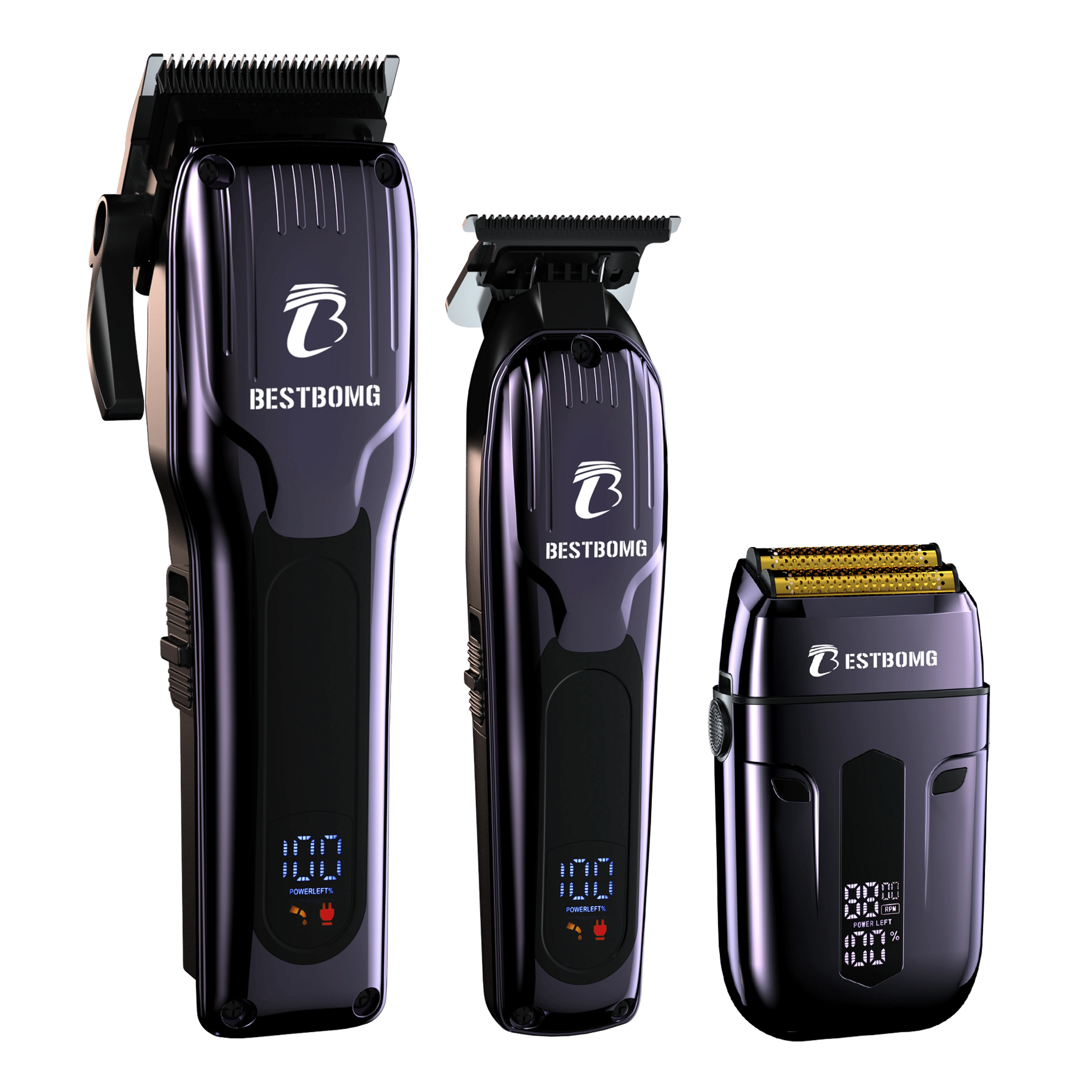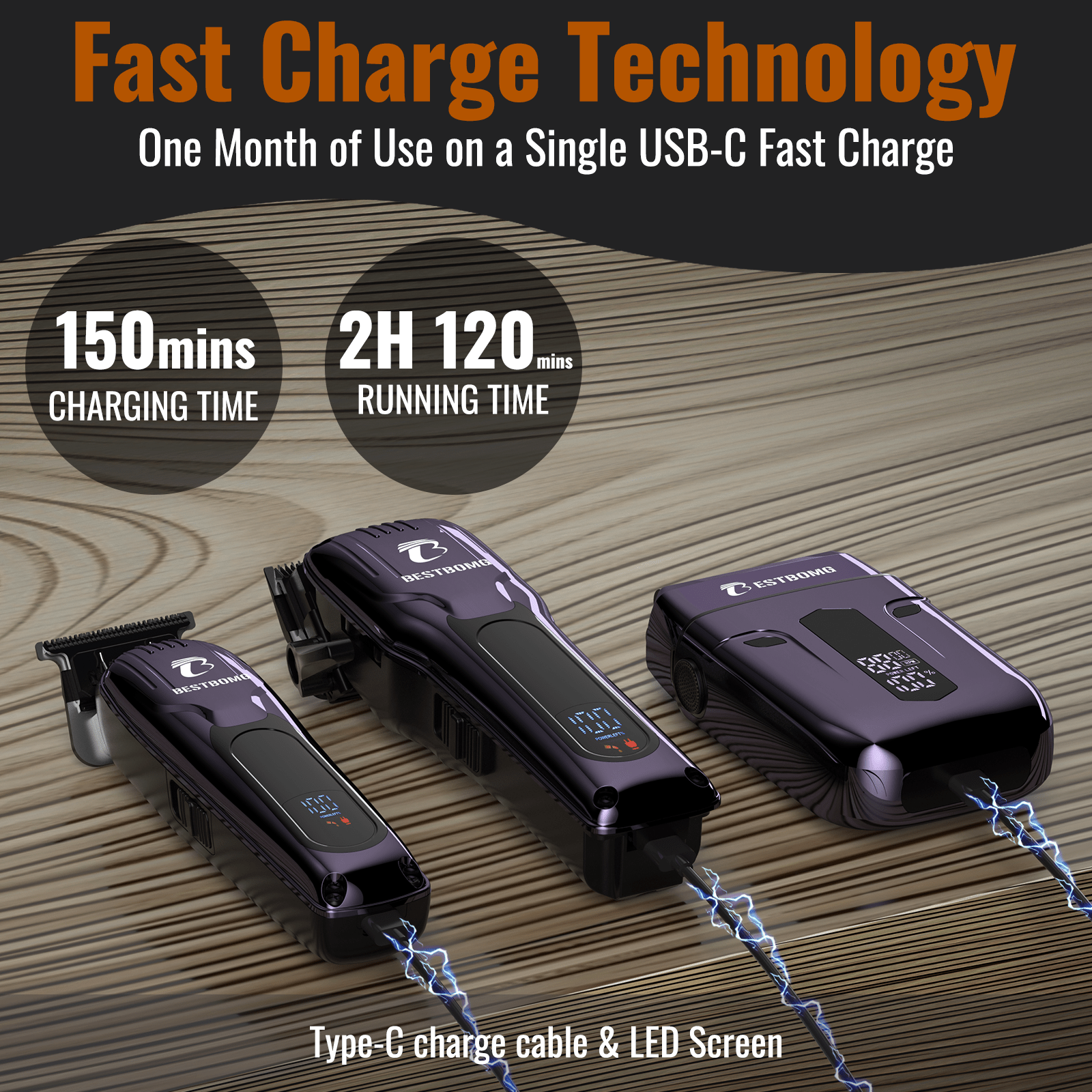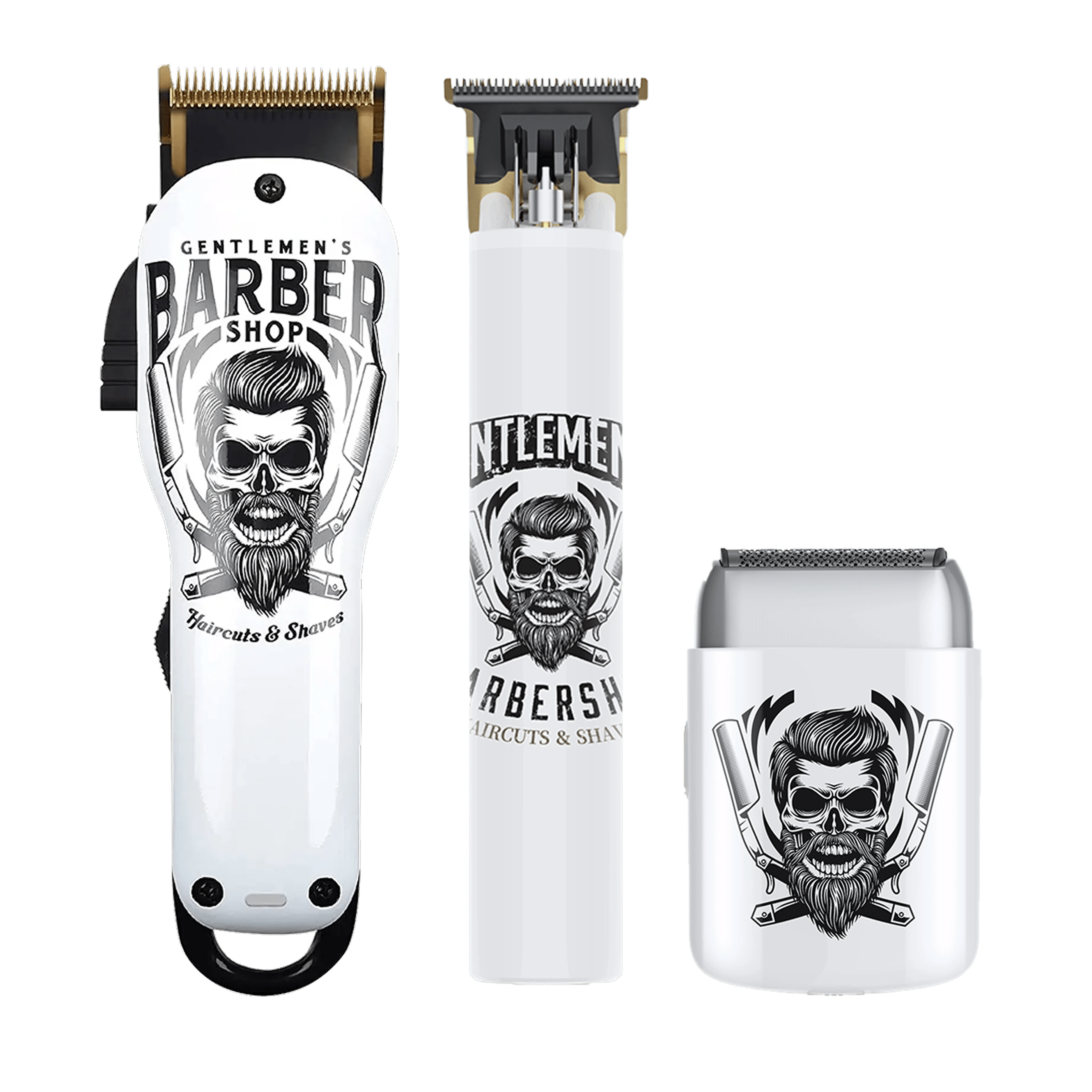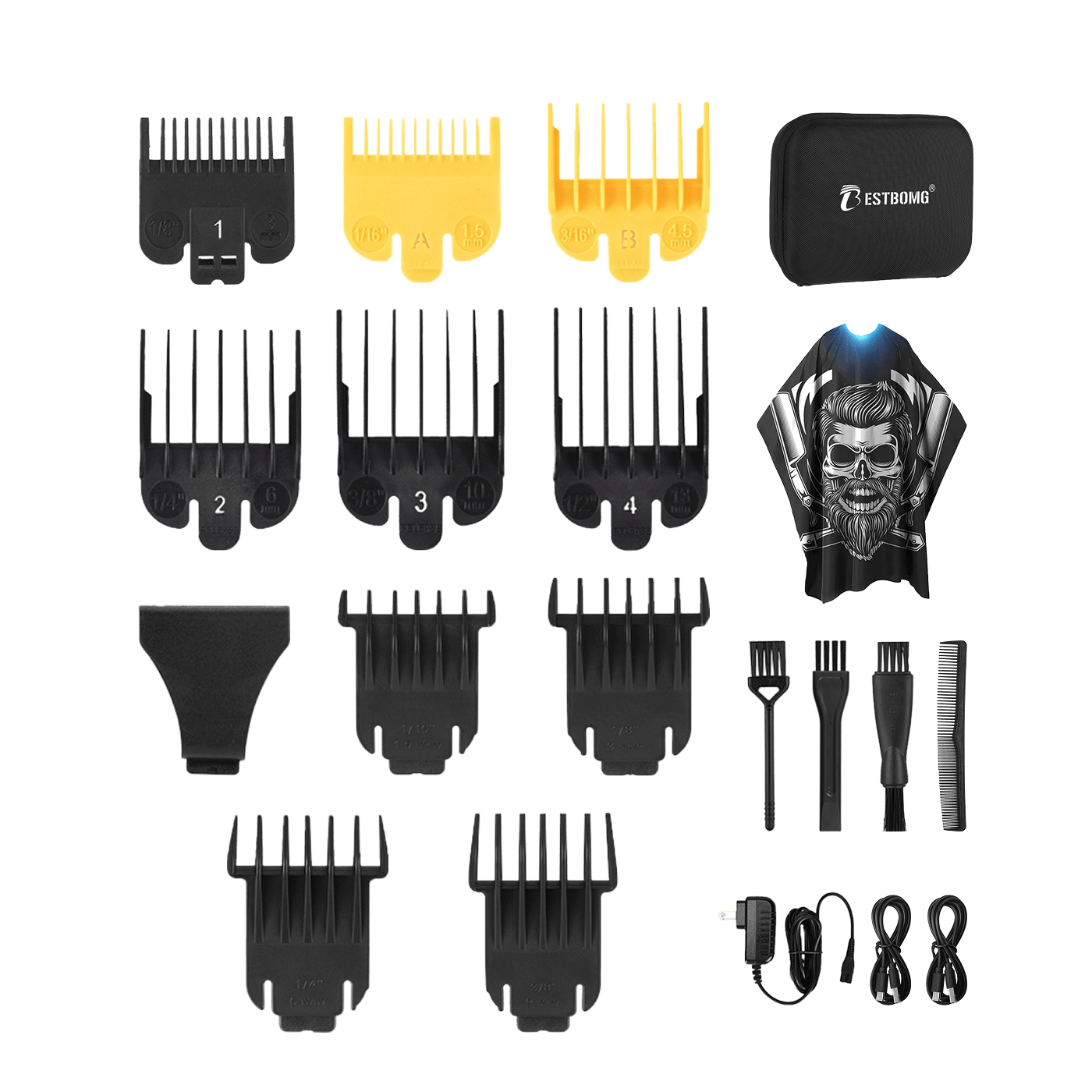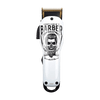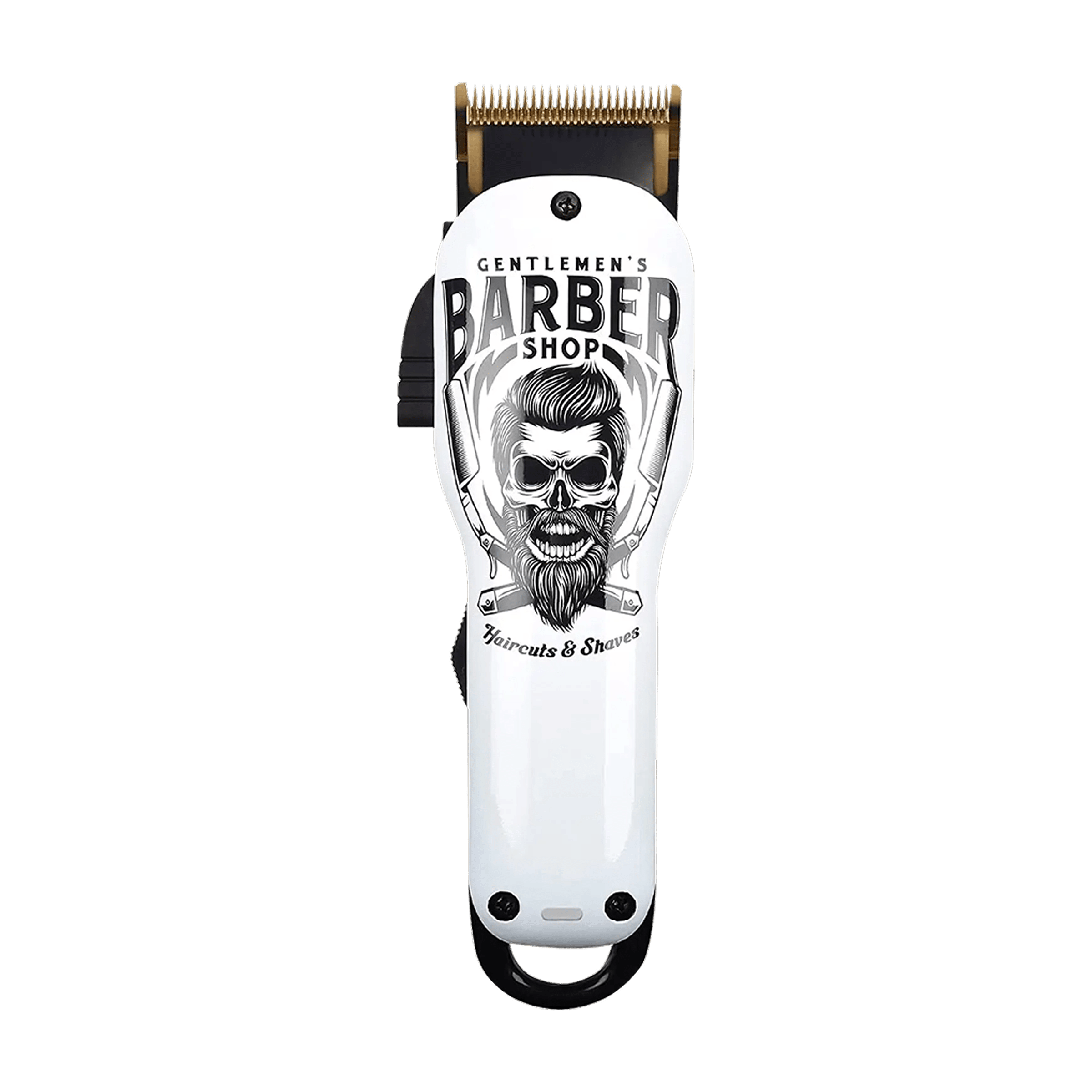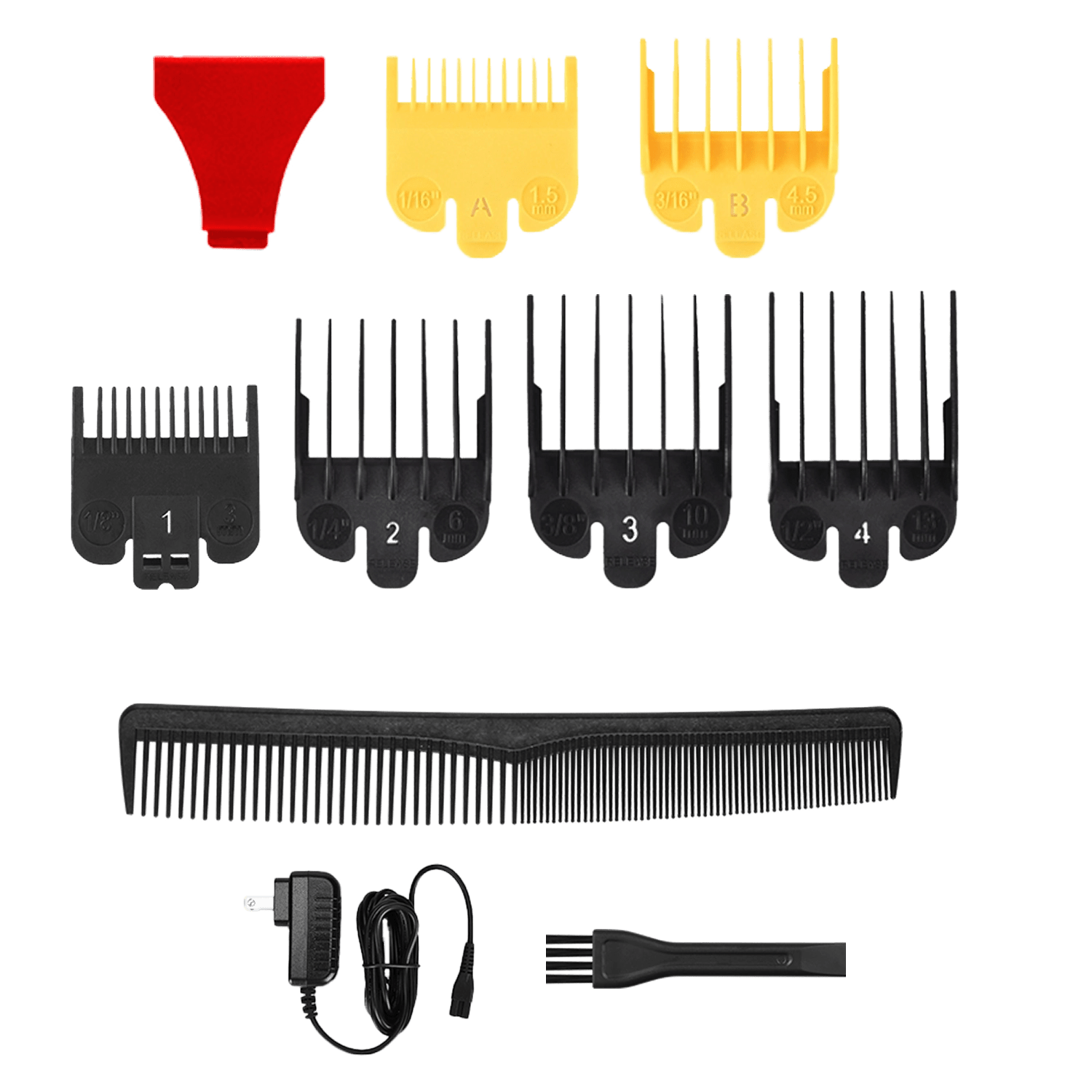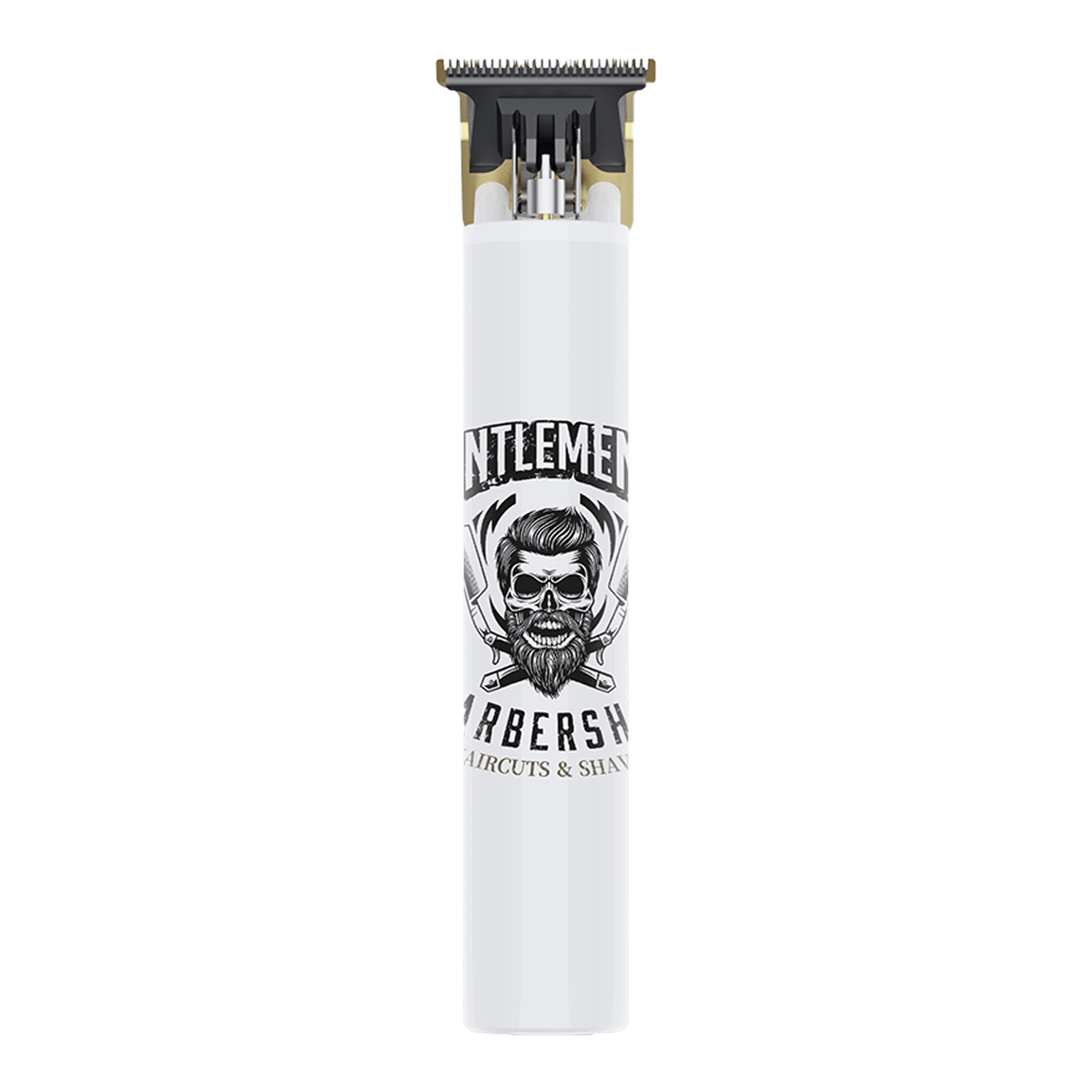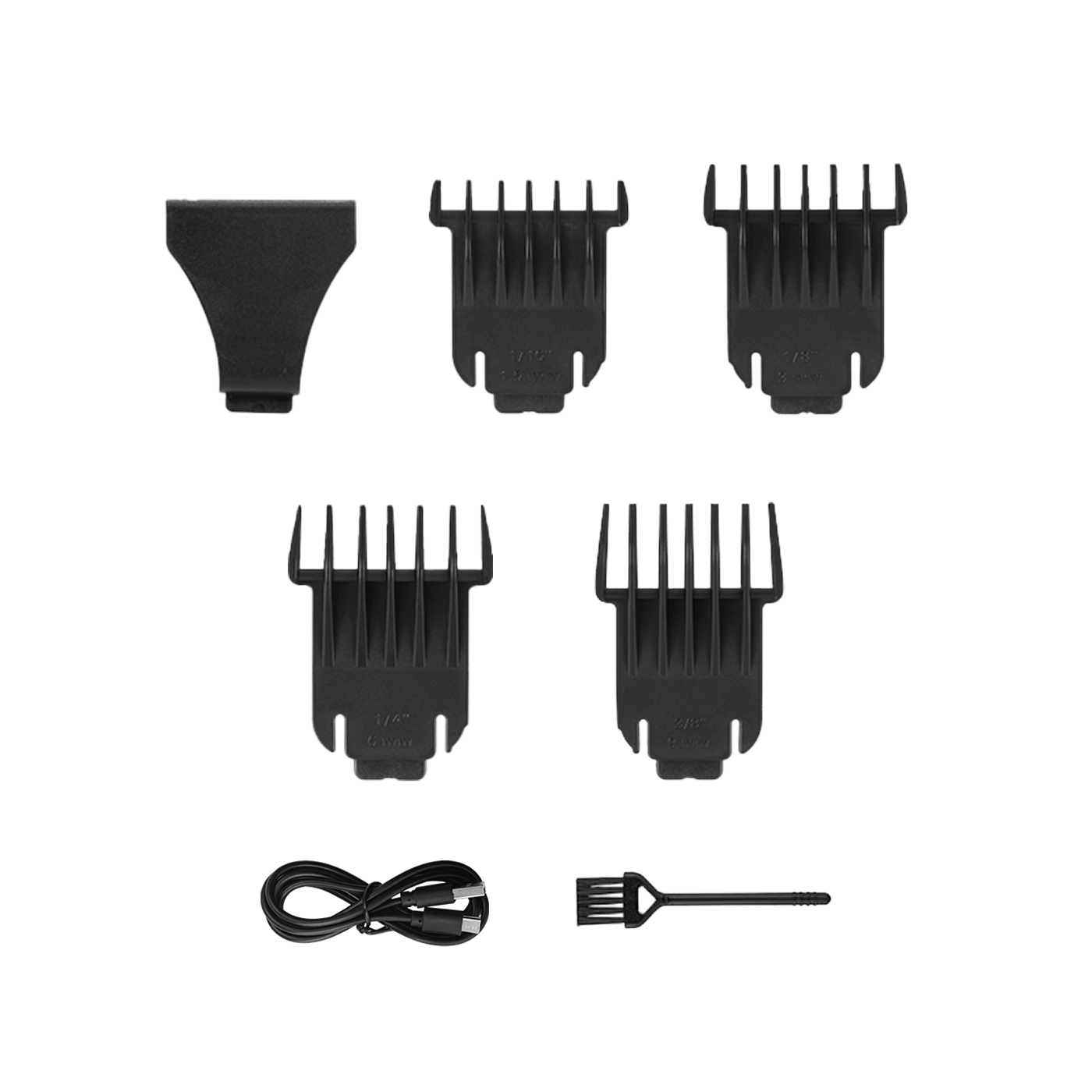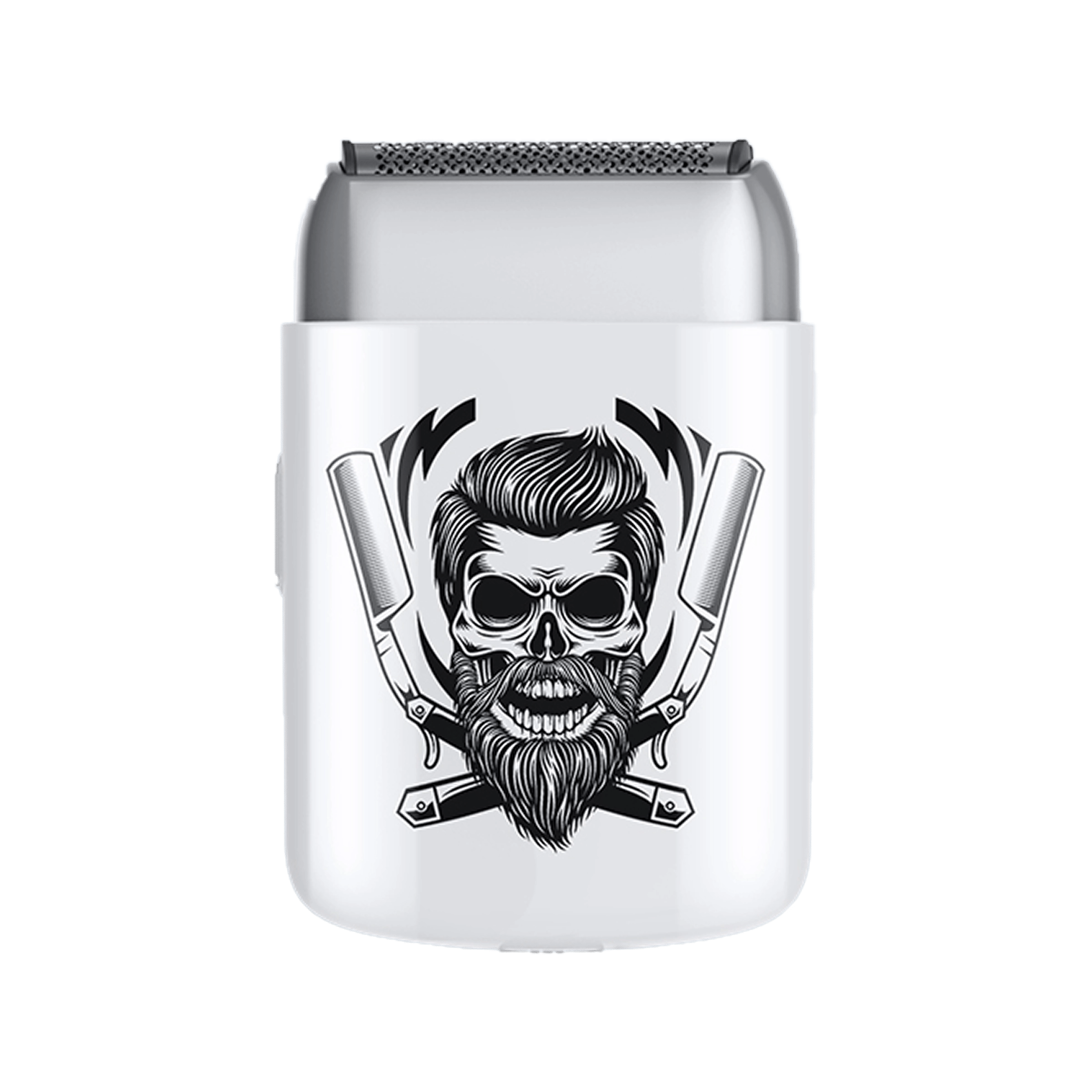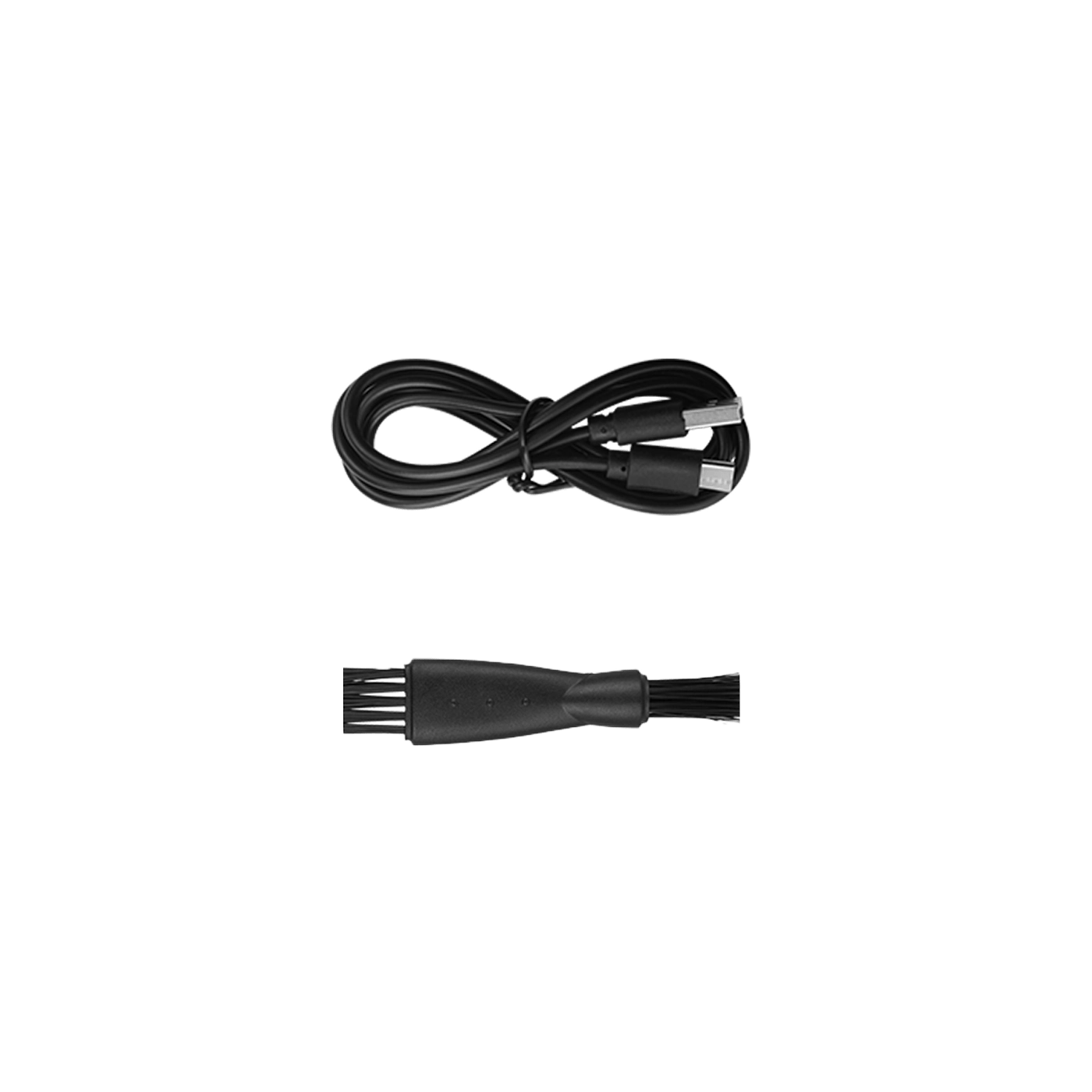If you like smooth, quick, low‑irritation shaves, a foil shaver is your friend. In simple terms, a foil shaver uses a thin perforated metal screen (the “foil”) to trap hairs while tiny straight blades move back and forth underneath to cut them. The foil protects your skin and guides stubble into the cutters for a close, comfortable finish.
In this guide, you’ll learn what a foil shaver is, what a foil shaver is used for, how foil shavers work, who should choose one, how to use it step‑by‑step, and how to keep it in top shape.
Quick definitions (so we’re on the same page)
- Foil shaver / foil blade shaver: An electric shaver with a flat, perforated screen and straight, oscillating cutters.
- What’s a foil shaver used for? Daily facial shaves, precise lines on cheeks/neck/mustache, head shaves, and fade “finishing.”
- How does a foil shaver work? Hair slips through tiny holes in the foil; the moving cutters slice them off flush with the skin.
- Foil vs. rotary: Foil = straight‑line strokes, precision, gentle on skin. Rotary = circular heads that move in circles and contour well on very bumpy areas.
You’ll see these questions phrased lots of ways online—whats a foil shaver, what is a foil shaver used for, how do foil shavers work, etc.—but they all point to the same simple device and idea.
What is a foil shaver for? (Real‑world uses)
- Daily face shaves: Fast, smooth, and consistent, especially if you shave most days.
- Sharp edges: Great control along the cheek line, goatee, and sideburns thanks to the flat head.
- Neckline cleanup: Gentle on sensitive skin under the jaw.
- Head shaves: A foil shaver glides well on flatter areas of the scalp and leaves a very close “bald” finish.
- Fade finishing: Barbers often use foil shavers to take the lowest part of a fade down to skin.
How do foil shavers work? (Plain‑English breakdown)
Inside the head, a foil shaver packs two parts:
- Foil(s): The thin, micro‑perforated metal sheet that touches your face. It protects the skin and captures short hairs.
- Cutters: Straight blades that oscillate (move side‑to‑side very quickly) under the foil. When hair pokes through a hole, the cutter slices it at skin level.
Some heads have multiple foils (dual or triple) and a central pre‑trimmer bar that catches longer or flat‑lying hairs before they reach the foils. Many foils are “floating”—they flex slightly to maintain light, even contact across the face.
Key result: close shave, low pressure, and less chance of irritation because the foil limits how much skin touches the moving blades.
Foil shaver vs. rotary shaver (which one for you?)
Choose a foil shaver if you want:
- Precision & straight lines (edgework is easier with a flat head)
- Daily or near‑daily shaving
- Lower irritation with light pressure
- Faster strokes on flat areas (cheeks, neck planes, head sides)
Choose rotary if you want:
- Circular motion that conforms to very contoured faces
- You shave less often (3+ day growth) and want to scoop up varying hair directions
- You’re used to the rotary “feel” and sound
Many people like foils for their accuracy and comfort, especially on the neck.
Who gets the most from a foil shaver?
- Sensitive skin shavers who prefer lighter pressure
- Daily shavers who want a consistent, close finish
- Edge‑obsessed users (defined beard lines, sharp mustaches)
- Head shavers who like a fast, glass‑smooth scalp
- Barbering at home—cleaning necklines and finishing fades
If your stubble gets long and wiry between shaves, a foil shaver still works—just pre‑trim with a clipper guard first.
Step‑by‑step: How to use a foil shaver for a smooth, irritation‑free shave
1) Prep the canvas
- Wash and dry your face to remove oils and soften stubble.
- If your growth is 3+ days, quickly pre‑trim with a clipper or the shaver’s pop‑up trimmer so the foils don’t choke on longer hair.
- Optional (dry shaving): use a pre‑shave lotion to reduce friction.
- Optional (wet shaving): if your shaver is waterproof, apply a light gel or foam.
2) Map the grain
Feel which way your hair grows on cheeks, jaw, neck, and mustache. You’ll usually shave against the grain with a foil for closeness, but start with with‑the‑grain passes if you’re very sensitive.
3) Use light pressure and short strokes
- Hold the shaver so the foil lies flat on your skin.
- Use short, straight strokes. Let the machine do the work—don’t press hard.
-
Stretch the skin slightly with your free hand so hairs stand up.
4) Work zone by zone
- Cheeks first: easy wins boost confidence.
- Jaw and chin: tilt your head to keep the foil flat. Take shorter, overlapping passes.
- Neck: go gently, often north‑south then south‑north to catch cross‑growth.
- Mustache area: puff air into your upper lip or gently stretch it for a smooth surface.
5) Finish and care
- Rinse or brush off the head (follow your model’s instructions).
- Add 1–2 drops of lubricating oil to the cutters if your brand recommends it.
- Pat your face dry; use a mild, alcohol‑free moisturizer to calm the skin.
Benefits of foil shavers (why so many people switch)
- Close & consistent: The flat screen and straight cutters give a uniformly close result.
-
Great for daily routine: Fast morning shaves with minimal fuss.
- Edge control: Easy to align with cheek lines and sideburns.
- Gentle on skin: The foil keeps blades off your skin surface.
- Easy to learn: Straight‑line motion is intuitive.
Limitations to note: Foils are less forgiving on very long growth (pre‑trim helps), and the head is flatter, so you’ll do more small angle changes around the chin hollows and Adam’s apple.
Care & maintenance (keep it shaving like day one)
- Clean after every shave. Tap out clippings, then brush or rinse if waterproof.
- Disinfect weekly if you share the shaver (use an electric‑shaver spray).
- Lubricate (a drop on the cutters) when the brand suggests—reduces heat and wear.
- Replace foils & cutters as a set when performance drops (often every 12–18 months for daily users—depends on hair and usage).
- Protect the head with a cap when traveling.
Features to look for (so you buy the right foil shaver)
- Head design: Dual or triple foils for more coverage; floating foils that flex to your face.
- Motor performance: Higher speed generally means smoother cutting through dense or wiry hair.
- Battery life: 60–90+ minutes is comfortable for home use and travel.
- Waterproofing: IPX7 or “wet/dry” for shaving in the shower and easy rinsing.
- Charging: USB Type‑C is handy; quick‑charge is a plus.
- Pop‑up trimmer: Useful for sideburns and pre‑trimming long whiskers.
- Build & grip: A solid body and non‑slip handle make a big difference in control.
Easy picks from BESTBOMG (budget‑friendly)
- Electric Shaver Y4 – 6500 RPM motor for a precise, smooth shave, up to 80 minutes cordless from a quick 1.5‑hour charge, waterproof for easy cleaning. The product page lists three ultra‑thin foils and an adjustable blade (0.5–2.0 mm) for versatile grooming. A friendly starter for daily shaves and clean necklines.
- Premium Electric Shaver – 8500 RPM motor, dual floating foil heads, Type‑C fast charging, and IPX7 waterproof. A step up in speed and contouring (availability can vary).
Troubleshooting: common problems & simple fixes
- Tugging or pulling: Clean the head, add a drop of oil (if recommended), and pre‑trim longer hairs. Replace foils/cutters if worn.
- Razor burn/irritation: Use lighter pressure, try with‑the‑grain first, or shave after a warm shower. Moisturize after.
- Missed patches on the neck: Stretch the skin and do short, overlapping passes at slightly different angles.
- Hot head: Pause for 20–30 seconds, clean out hair, add a small drop of oil to the cutter bar.
- Not close enough: Do a second gentle pass against the grain; keep the foil flat and slow down a touch.
Foil shaver for head shaving (quick notes)
- Pre‑trim if growth is more than a day or two.
- Shave in straight lanes—sides and back first, then crown.
- Use light pressure over bumps and scars; go slow.
- Moisturize the scalp after for a comfortable, clean feel.
Foil shaver for beard edging
- Use the corner of the foil for tight control along the cheek line (short taps, not swipes).
- Clean the neckline by shaving up to your chosen border, then finish the edge with the pop‑up trimmer if needed.
- For mustache detail, puff your upper lip and make very short strokes.
Final word
If you’ve ever wondered “what is a foil shaver?”—it’s a simple, skin‑friendly electric shaver built for precision and comfort. It shines with short daily stubble, straight‑line control, and quick cleanup. Keep the pressure light, the head clean, and the foils fresh, and you’ll get easy, repeatable results.
Frequently Asked Questions:
Is a foil shaver better than a rotary shaver?
Neither is “better” for everyone. Foil shavers excel at precision, daily use, and low irritation with straight strokes. Rotary shavers excel at contouring and handling mixed growth directions with circular motion.
What is a foil shaver used for most often?
Daily face shaves, sharp cheek/neck edges, head shaves, and fade finishing. If you want a clean, consistent result without pressing hard, foil is a strong pick.
How does a foil shaver work on sensitive skin?
The foil acts as a guard, limiting skin contact with the cutters. With light pressure and good prep, most people find foils gentle—especially on the neck.
Can I use a foil shaver on 3–5 days of growth?
Yes—pre‑trim first (use a clipper or the shaver’s trimmer) to shorten the hair. Then the foil will cut smoothly without tugging.
How often should I replace the foil and cutters?
For daily users, many replace them about every 12–18 months. If you notice tugging, multiple passes, or dullness sooner, swap earlier. Always follow your model’s recommendations.
Read more

How to Sharpen Hair Clippers: Step-by-Step Guide for Smooth Cuts
Dull clippers pull, snag, and leave uneven patches. The fix isn’t complicated. With a few household tools (or a small sharpening stone), you can learn how to sharpen hair clippers at home the right...
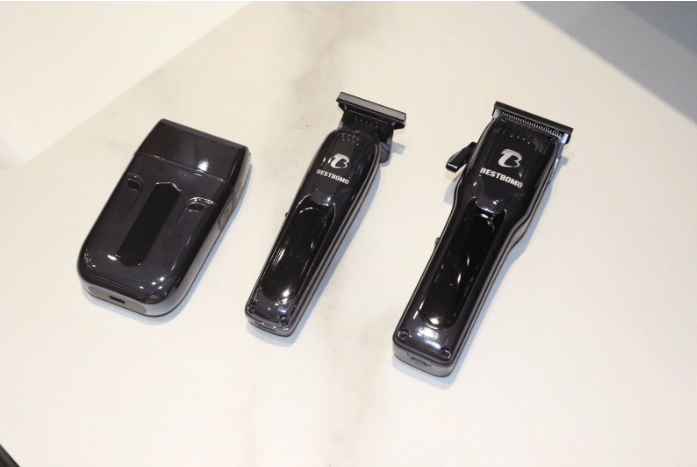
Best Hair Clippers for Home Use—From Budget Kits to Pro Barber Models
Whether you’re buzzing your own hair, tackling family cuts, or building a starter barber kit, the best hair clippers for home use share a few things: dependable power, a complete set of guard combs...
